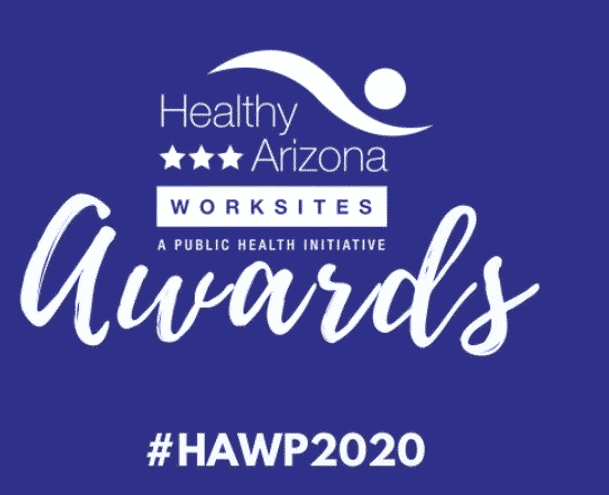Beginning this year, new IRS rules are in effect, and many businesses will risk substantial penalties for failing to comply with them. In 2016, medium to large-sized businesses will be subject to the employer mandate under the Affordable Care Act (ACA). The employer mandate requires that applicable large employers (ALEs), defined as businesses with 50 or more full-time or full-time equivalent employees who work an average of 30 hours or more per week, offer affordable, minimum essential health insurance coverage to those full-time employees.
In order to enforce the mandate, the IRS must collect information on employers, the size of their workforces, and the number of employees to whom healthcare coverage was offered. The information reporting requirements facilitate this goal.

What are the information reporting requirements under the ACA?
These requirements stipulate that ALEs must report to the IRS information regarding the healthcare coverage, or lack thereof, that they offered to full-time employees. ALEs must also provide their employees with a statement containing this same information.
As the means by which the IRS enforces the employer mandate, the information reporting requirements are essential to the administration of the ACA. They are also useful in determining whether employees may claim the premium tax credit. If employees apply for coverage through the Health Insurance Marketplace, the IRS needs to know whether they were offered coverage through their employer and the cost of any such coverage.
Who is affected by these requirements?
Beginning in 2016, all businesses with 50 or more full-time or full-time equivalent employees (ALEs) working 30 or more hours per week must comply with the reporting requirements, whether or not they offered health insurance to their employees.
Self-insured employers, defined as those that provide self-insured group health plans, are subject to the reporting requirements for providers of minimum essential coverage even if they have fewer than 50 full-time employees.
How must employers report the required information?
ALEs must file Form 1095-C, Employer-Provided Health Insurance Offer and Coverage, and Form 1094-C, Transmittal of Employer-Provided Health Insurance Offer and Coverage with the IRS each year. Information requested by these forms includes identifying information for the ALE, identification of all full-time employees to whom health insurance coverage was offered, and the duration of the coverage. The ALE may provide full-time employees with this same information via a copy of the Form 1095-C or a substitute form that complies with the same requirements.
If an ALE files 250 or more information returns during the year, those returns must be filed electronically through the ACA Information Returns Program. However, ALEs must furnish employees with a paper copy of Form 1095-C, unless the employee consents to receive it electronically.
Self-insured employers must provide information about any employees, as well as their spouses and dependents, who enroll in the sponsored group coverage. If the self-insured employer qualifies as an ALE, Forms 1095-C and 1094-C must be used, while non-ALEs must report this information via Form 1095-B, Health Coverage, and 1094-B, Transmittal of Health Coverage Information Returns.
What are the deadlines for reporting?
After 2016, the typical deadlines for filing Forms 1095-C and 1094-C will be February 28, or March 31 if filed electronically, of the year following the year to which the information on the forms relates. However, because 2016 is the first year during which the reporting requirements are in effect, the IRS extended the due dates for this year alone. Per Notice 2016-04, the due dates for Forms 1094-B, 1095-B, 1094-C, and 1095-C will be May 31, 2016 or June 30, 2016, if filed electronically.
What are the penalties for failing to report?
For years after 2015, the penalty is generally $250 for each report that an ALE fails to file. However, penalties cannot exceed $3,000,000 for one calendar year.
To avoid these hefty fines, it is crucial that businesses understand the requirements that the ACA imposes upon them. The first step is totaling the number of full-time or full-time equivalent employees in the workforce to determine whether the employer qualifies as an ALE.
The IRS website contains a wealth of information for businesses at the ACA Information Center for ALEs: https://www.irs.gov/Affordable-Care-Act/Employers/ACA-Information-Center-for-Applicable-Large-Employers-ALEs. However, the ACA is a dizzyingly complex law with serious ramifications for businesses that erroneously fail to comply with its many requirements. The experts at Creative Business Resources can help your business untangle the requirements and ensure that you are in compliance – contact us today!
(Source: https://www.irs.gov/Affordable-Care-Act/Employers/Information-Reporting-by-Applicable-Large-Employers).



























